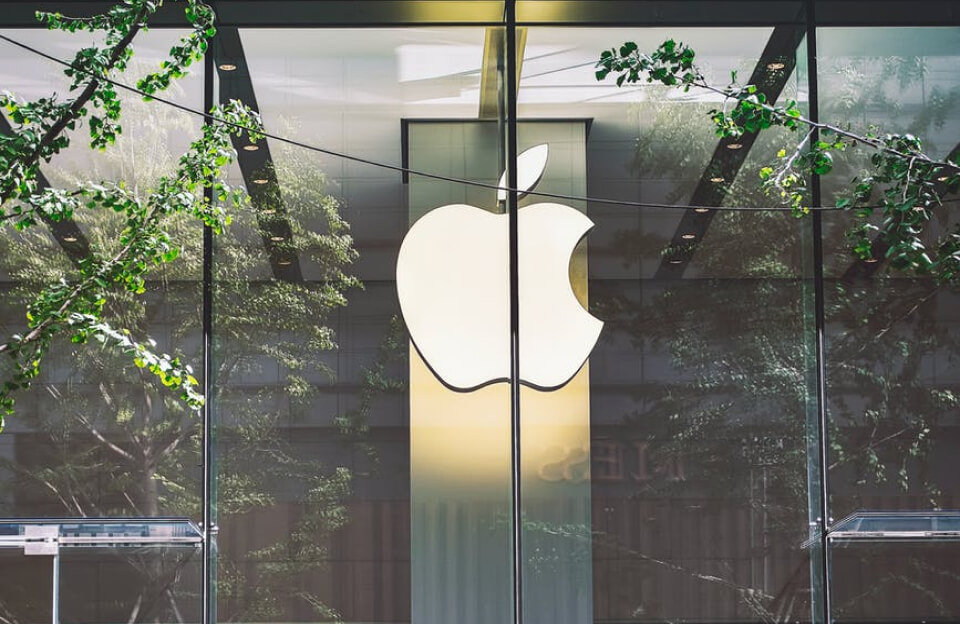The Modern Trade War Is Not Just a Trump Problem
The global economy today is a battleground of strategic control, not just commerce. Former U.S. President Donald Trump accelerated this reality by triggering a full-scale trade war with China, starting in 2018, under the slogan of “America First.” This involved tariffs on hundreds of billions of dollars’ worth of goods and pressure on U.S. companies to pull back from Chinese supply chains.
Yet, while Trump failed to bring manufacturing back to the U.S. at scale, companies like Apple continued to expand in China — even opening megastores in 2025 — highlighting the hypocrisy and contradiction of U.S. trade rhetoric.
Apple’s growth in China continues despite former U.S. Attorney General William Barr accusing tech firms of “serving Chinese interests.”
Barr’s Criticism Reference: U.S. Department of Justice – 2020
What Trump Got Wrong: The Myth of Economic Decoupling
Trump’s policy failures can be traced to three fundamental misconceptions:
- Tariffs Don’t Bring Back Jobs
Instead of reshoring industry, the U.S. tariffs simply increased prices for American consumers and triggered retaliatory tariffs from China on U.S. agriculture and energy exports. - China is Too Embedded to Isolate
From iPhones to Tesla batteries, global supply chains depend heavily on China. Decoupling was not only unrealistic—it was economically destructive for both countries. - Nationalism Weakens Global Trust
Trump’s combative tone, combined with domestic polarization, damaged U.S. credibility in multilateral trade forums like the WTO and undermined Western economic alliances.
The Pressure on the Global South: A Familiar Pattern
While the U.S. and China wage economic warfare, developing and third-world economies are the silent victims.
- Currency Depreciation: A rising U.S. dollar (as investors flee to safety) makes it harder for low-income nations to repay dollar-denominated debt.
- Export Collapse: With tariffs and global uncertainty, many emerging markets see lower export demand, especially in raw materials.
- Debt Dependency: The World Bank and IMF provide lifelines—but with harsh structural adjustment conditions, echoing past neocolonial models.
This mirrors past trade wars—like the 1930s Smoot-Hawley tariffs—that helped deepen the Great Depression and set the stage for WWII.
“The last time this many economies devalued their currencies and fought over exports, it ended in a world war.” – The Economist, 2020
The Legacy of the Cold War: Economic Weaponization
During the Cold War, ideological blocs fought through proxy conflicts, development funding, and economic embargoes. Today, we are witnessing a repeat—only through chips, patents, and ports instead of bombs.
- The U.S. restricts exports of high-end semiconductors to China.
- China builds its Belt & Road infrastructure in Africa, Latin America, and Central Asia.
- The result: fractured global cooperation, with countries forced to choose sides.
This pressure disrupts the formation of self-reliant economies in the Global South, which again become supply nodes and raw material pipelines for powerful nations.
Dollar Dominance: A Tool and a Trap
The U.S. dollar remains the world’s primary reserve currency, giving America immense power through the SWIFT system, international lending, and sanctions. But this privilege has unintended consequences:
- Debt Bloating: America borrows cheaply, but its national debt now exceeds $34 trillion U.S. National Debt Clock
- Artificial Consumption: The U.S. imports more than it exports, running persistent trade deficits, fueled by a strong dollar and domestic demand.
- Fragile Ecosystem: When the dollar rises, developing countries suffer more than the U.S. — creating a cycle of dependency, austerity, and inequality.
In short, the U.S. economy floats because others are forced to sink.
The NGO Funding Crisis: Collateral Damage of Economic Control
In many regions, NGOs provide essential services that governments cannot: education, health, gender rights. But with increasing global instability and shifting U.S. foreign aid priorities:
- Funding for human rights and climate NGOs has plummeted, especially under the Trump administration and similar populist regimes.
- NGOs are forced to chase private philanthropy, often tied to Western corporate interests.
- Fragile states in Sub-Saharan Africa and parts of Asia face humanitarian vacuums as NGOs scale down or close.
This is the invisible war—where lives are lost not from bombs, but from budgeting spreadsheets and funding freezes.
Eco-Capitalism or Eco-Destruction?
The global “green economy” was supposed to be a promise. But the current system, driven by profit-first American-style capitalism, is destroying ecosystems while pretending to save them.
- Electric cars need lithium, cobalt, and rare earth metals, extracted mostly from poor countries under harmful labor conditions.
- Renewable energy projects often displace indigenous communities and lack local ownership.
- Western brands greenwash their supply chains while continuing mass production and fast tech cycles.
Even sustainability is now a commodity—not a value.
From Trade Deficit to Global Deficit of Trust
Trump’s policies accelerated the breakdown of global trade cooperation, but they weren’t the root cause. The post-2008 economic order has been built on:
- Debt-driven consumption in the U.S.
- Export-driven growth in China
- Resource-driven survival in the Global South
None of these are sustainable. The trade war reflects a deeper crisis: the collapse of mutual economic interdependence as a stable global framework.
So Why Does America Still Lead—Despite It All?
Ironically, despite internal chaos, debt, and political dysfunction, the U.S. remains dominant because:
- It controls the global financial system
- It has the world’s biggest tech firms
- It exports culture and military power
But this dominance is now a burden. The U.S. can’t let go of power, nor can it responsibly use it.
What Comes Next: Toward a Post-American Trade Era?
- More Regional Blocs: The world is already shifting to multipolar trade zones—BRICS+, ASEAN, EU+
- Digital Currencies and De-Dollarization: China’s digital yuan, India’s UPI, and crypto alternatives threaten dollar supremacy
- Localized Manufacturing: 3D printing, AI automation, and smart logistics could let the Global South build locally rather than import
- Rise of the Stateless Corporation: Apple can criticize U.S. policy while expanding in China—today’s multinationals serve shareholders, not flags
Conclusion: A System in Slow Collapse
The trade war is more than tariffs and tech—it’s a symptom of a global system cracking under the weight of inequality, nationalism, and economic imperialism.
Trump didn’t create the problem. But he weaponized it, ignored diplomacy, and accelerated the global unraveling.
If the world doesn’t move toward a more equitable and sustainable trade model—one that includes, not exploits—the Global South, we risk another cold war. Or worse.
Because as history has shown:
When trade fails, trust dies. And when trust dies, peace doesn’t last long.



